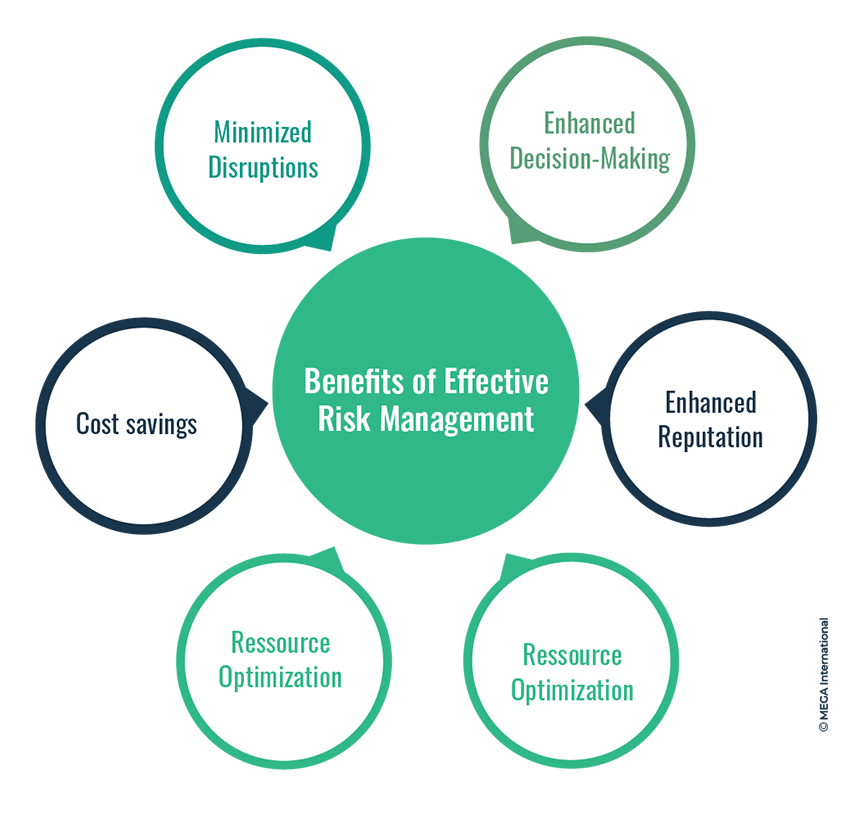Navigating the Complexities: Understanding the Importance of Risk Management
Navigating the Complexities: Understanding the Importance of Risk Management
Blog Article
Checking out the Importance of Risk Management for Effective Decision-Making Methods
In the intricate world of organization, Risk Management arises as an essential consider the decision-making procedure. The capacity to determine prospective dangers and possibilities, and strategize as necessary, can spell the distinction between success and failure. With devices such as SWOT and PESTEL, companies are furnished to make enlightened choices, cultivating resilience and versatility in an ever-changing environment. Wondering just how this functions? Let's unpack the characteristics further.
Understanding the Idea of Risk Management
Risk Management, an essential part in decision-making, is typically misinterpreted or oversimplified. Risk Management entails self-displined and organized approaches, using data and informative assessments. From monetary unpredictabilities, lawful responsibilities, critical Management errors, to accidents and all-natural catastrophes, it addresses different dangers - importance of risk management.
The Role of Risk Management in Decision-Making Processes
In the world of calculated preparation and business operations, Risk Management plays an indispensable role in decision-making processes. It assists in recognizing prospective threats and unpredictabilities that could impact the success of organization objectives. By tracing these dangers, companies can formulate techniques to minimize their impact, ensuring business connection and security. Risk Management hence comes to be a crucial tool in decision-making, aiding leaders to make informed choices based on a comprehensive understanding of the threats involved. It encourages an aggressive method, making it possible for organizations to expect and prepare for possible future scenarios. This substantially reduces the likelihood of unfavorable consequences, advertising much more reliable and reliable decision-making approaches. Risk Management offers as an important element in the decision-making processes of any type of organization.

How Risk Management Improves Strategic Preparation
In the context of critical preparation, Risk Management plays a crucial function. Launching with the recognition of possible dangers, it further reaches the implementation of Risk reduction measures. The function of Risk Management is not static however dynamic, as it demands constant monitoring and adjusting of techniques.
Determining Prospective Threats

Implementing Risk Mitigation
Risk mitigation approaches can vary from Risk avoidance, Risk transfer, to run the risk of reduction. Each method should be customized to the specific Risk, considering its potential effect and the organization's Risk tolerance. Efficient Risk reduction requires a deep understanding of the Risk landscape and the potential impact of each Risk.
Surveillance and Readjusting Techniques
Though Risk reduction is a vital action in tactical planning, continual monitoring and modification of these approaches is equally important. It likewise provides an opportunity to review the success of the Risk Management procedures, allowing changes to be made where required, additional enhancing critical preparation. Tracking learn this here now and readjusting Risk Management methods is a vital component for improving an organization's durability and strategic preparation.
Instance Studies: Effective Risk Management and Decision-Making
In the globe of organization and financing, effective Risk Management and decision-making often serve as the pillars of prosperous business. These cases highlight the worth of sharp Risk Management in decision-making procedures. These instances emphasize the essential duty of Risk Management in tactical decision-making.
Devices and Strategies for Reliable Risk Management
Navigating the elaborate maze of Risk Management requires the best set of tools and strategies. These devices, such as Risk registers and warmth maps, aid in identifying and assessing possible risks. Methods consist of both measurable methods, like level of sensitivity evaluation, and qualitative methods, such as SWOT evaluation. These help in prioritizing dangers based upon their possible effect and probability. Risk response techniques, a vital element of Risk Management, entail approving, staying clear of, transferring, or mitigating dangers. Tracking and regulating risks, through routine audits and reviews, make certain that the techniques stay efficient. With these tools and strategies, decision-makers can browse the complex landscape of Risk Management, thus assisting in notified and effective decision-making.
Future Trends in Risk Management and Decision-Making Strategies
As we explore the substantial landscape of Risk Management, it ends up being noticeable that the methods and tools used today will proceed to evolve. Future patterns aim in the direction of an enhanced dependence on technology, with man-made knowledge and maker understanding playing considerable roles. These modern technologies will allow companies to predict prospective threats with greater accuracy and make even more educated decisions. Additionally, there will be an expanding focus on resilience, not just in taking care of risks yet also in recovering from adverse scenarios. The principle of Risk culture, where every member of an organization is aware and included in Risk Management, will acquire much more prominence. These patterns advertise an even more comprehensive and aggressive approach towards Risk Management and decision-making.
Verdict

Risk Management therefore ends up being a vital tool in decision-making, assisting leaders to make informed options based on a comprehensive understanding of the risks included. Risk reduction strategies can range from Risk avoidance, Risk transfer, to run the risk of decrease (importance of risk management). Reliable Risk reduction requires a deep understanding of the Risk landscape and the prospective effect of each Risk. Risk response techniques, a crucial element of Risk Management, involve accepting, avoiding, transferring, or mitigating threats. The idea of Risk culture, where every participant of an organization is mindful and involved in Risk Management, will obtain a lot more prestige
Report this page